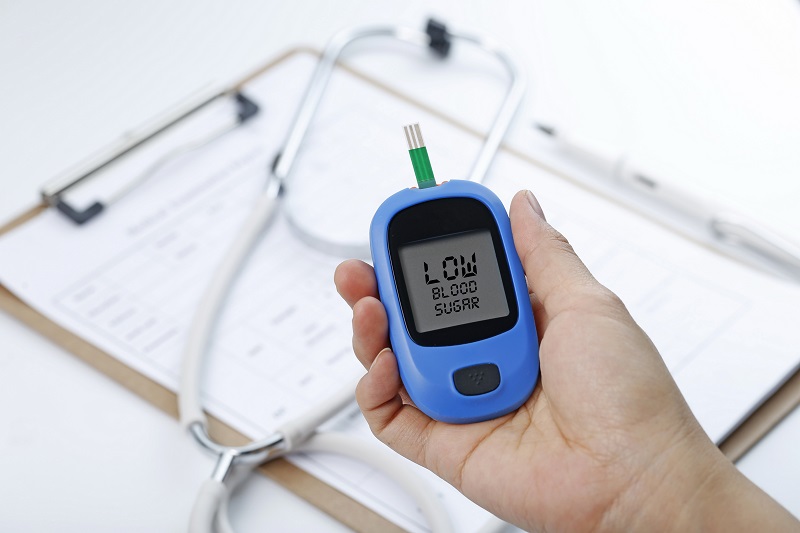Fresh burdock roots, blueberry and walnut leaves, and bean pods can be used in initial or concomitant therapies for diabetes.
According to Dr. Ciprian Constantin, head of the Diabetes Nutrition Department at Carol Davila Medical University, Romania, there exist some plants with definite hypoglycemic action for which no clinical studies have been done that would prove their long-term effectiveness or impact on cardiovascular risk factors; nevertheless, such plants are used in extracts, decoctions and teas, and are promoted as hypoglycemic agents with a blood glucose lowering power of 10-15mg /dl. T
hese plants do not fit into the category of oral medications, but are preferred by patients and some of the doctors, even though their efficiency has not been proven by solid scientific data.
Plants that lower blood sugar levels
According to Dr. Constantin, several plants used in initial or concomitant diabetes therapy are fresh burdock roots (decoction prepared from 60 g root per liter of water), blueberry leaves or walnut leaves (administered in infusion, both decrease glycosuria and reduce thirst), black mulberry leaves (lower blood sugar), artichoke leaves (in infusion), chicory roots and leaves (stimulate glycogen storage in the liver, in infusion), bean pods (decoction), bull thistle (mild hypoglycemic, the fresh juice is consumed for therapeutic purposes), sage leaves (soaked cold).
Dr. Constantin specified that phytotherapeutic preparations are not recognized as effective in combating the complications of type 2 diabetes, so that, for the moment, they are options the patient may choose for the treatment their condition rather than medication prescribed by physicians.
There are a multitude of drugs currently being developed that have been linked to multiple hypotheses of action. One of the classes is endocannabinoids (cannabis extract), which seems to show good prospects.
Dr. Constantin claims that today the treatment of diabetes is possible with a multitude of drugs belonging to various therapeutic classes, but each of these drugs work optimally only when there has been an initial assessment of the patient’s condition. Therapeutic failure of one class paves the way for the use of another class, or for the use of insulin. It is relatively difficult for the patient to understand even a clearly presented and correctly applied algorithm, but it is much more beneficial to use proven methods in order to avoid the development major complications of already established diabetes.
Source: doctorulzilei.ro

